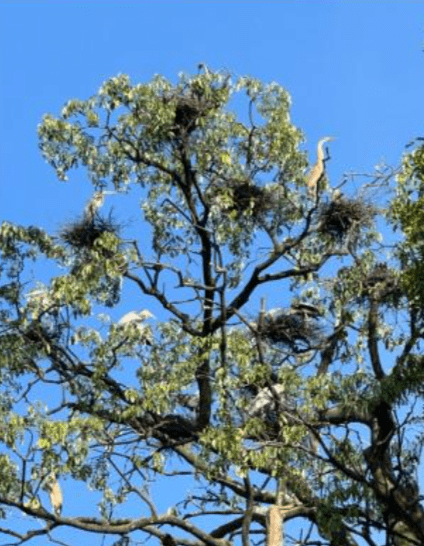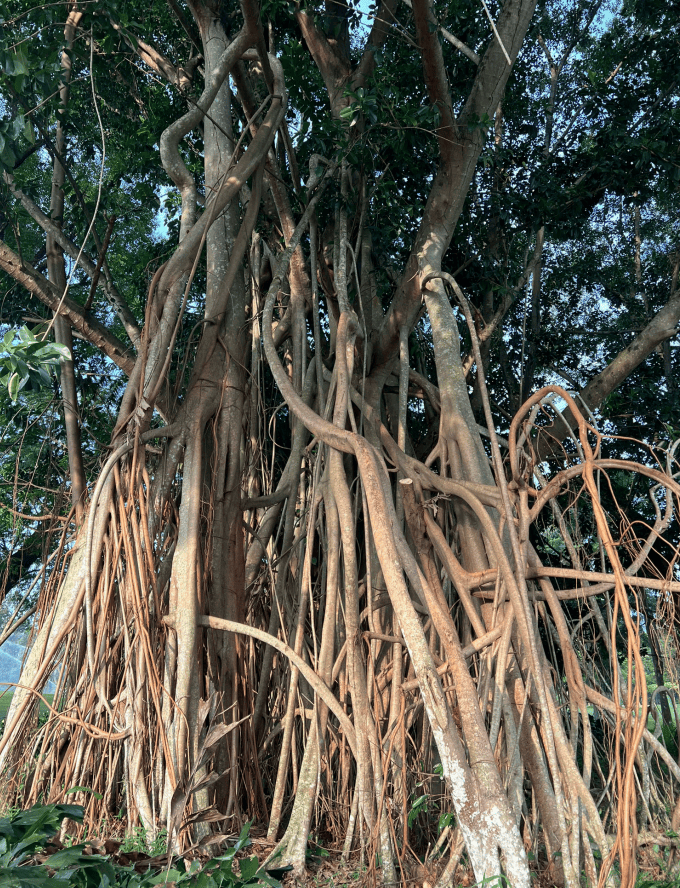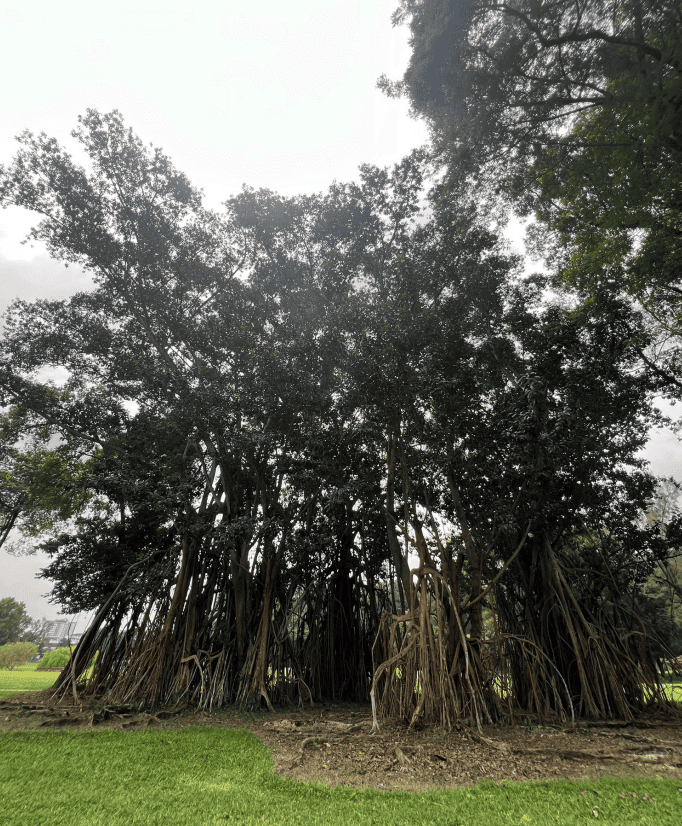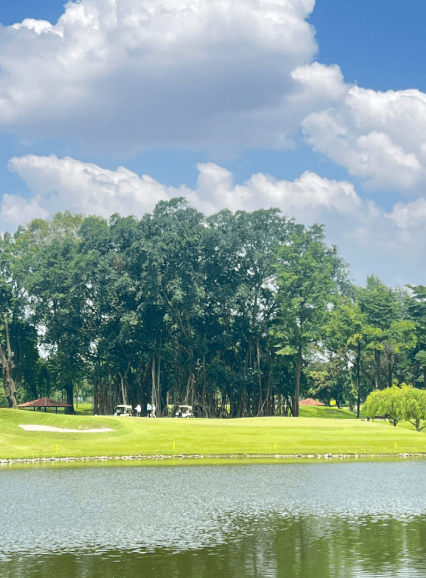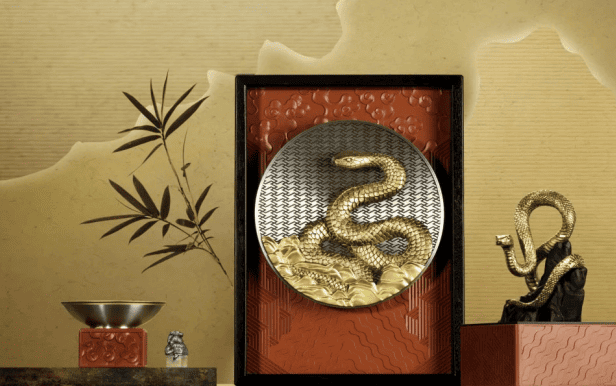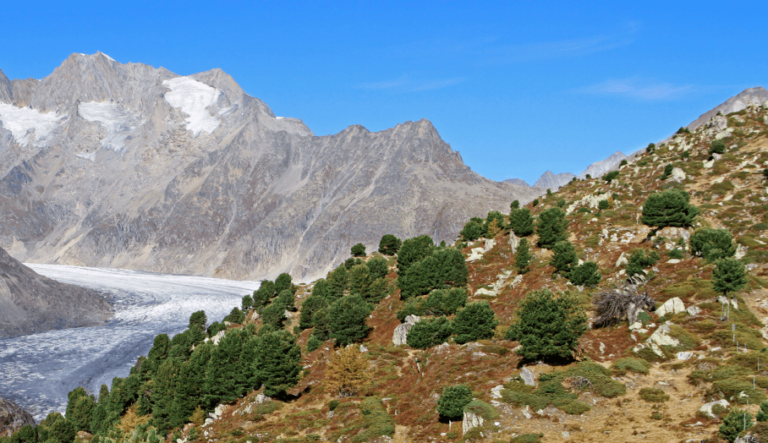The fig tree Ficus elastica, known as the Indian Rubber Tee, can reach heights of over 30 meters. Similar to F. benghalensis, this species additionally releases out aerial roots that, when they touch the ground, develop into woody trunks. In order to sustain large branches or to more securely establish itself in the earth, the trunk may also grow aerial roots in the wild. Ficus trees can have roots that extend more than 20 feet from the original tree trunk, endangering pavements, walls along property lines and potentially house foundations. Even as epiphytes, or perching plants, young rubber tree plants can develop without coming into touch with the ground.
Roots that extend more than 20 feet from the original tree trunk
But in a pot, this doesn’t happen. Native to southern China, Southeast Asia, and Indonesia, Ficus elastica is a species of evergreen tropical tree that makes for an excellent houseplant: It is tolerant of indoor light conditions, and NASA has even recommended its air-purifying properties. Usually, aerial roots are found growing nearby a node. If you didn’t already know, plant nodes are a key ingredient for a successful propagation. Because of this, propagating plants with aerial roots is significantly easier than others.
The leaves of F.elastica are oblong to elliptical, measuring 10-30cm long and 4-15 cm wide. The leaves are spirally arranged, leathery and glossy with an acuminate tip. Midribs are prominent. Leaf stipules are pink to purplish.
The ficus fruits, syconia are borne in pairs, sometimes single in leaf axils, ellipsoid, measuring 1-2 cm in diameter. Once ripe the fig turns to yellow.
The trunk grows aerial roots wildly
Able to reach 100 feet in height in its native habitat in the jungle but most often seen at about 35 to 45 feet in the landscape, rubber tree is useful as a screen, shade, patio, or specimen tree as it grows the end of 4 Old Course Green work as the spine chiller for the difficult hole.
This species is usually grown in large parks where it can be allowed to fully spread. As for the indoor plants, this species has also the variegated version where the leaves are cream coloured. The wood is light and non-durable. In Feng Shui, the thick, glossy leaves of the Rubber Plant symbolize wealth and prosperity. Feng shui says that the species attracts wealth, prosperity, and good luck. This hardy plant, with its vibrant green foliage, is known for its air-purifying qualities. The Rubber Plant is a popular choice for indoor decor due to its low maintenance requirements and striking appearance.
If you needed another reason to love these guys – you found it. The Rubber Plant is #1 against formaldehyde, as well as removing xylene, benzene, and trichloroethylene from the air. Formaldehyde has a distinct odor that you can smell at very low concentrations. It is a volatile organic compound (VOC) (means that it vaporizes gases at room temperature) that causes cancer and other harmful health effects.
When you tee off from the 4th Hole Old Course to the green, take in the view of the spine chiller. Recognising that the strangler roots are so beautiful, we showcased them and used them as the backdrop for the Par 3, perfect for Hole-in-one.
View from Tee Box of the 4th Hole Old Course
Please do not hesitate to contact or email your horticulturist at nur.farizaa@rsgc.com.my

